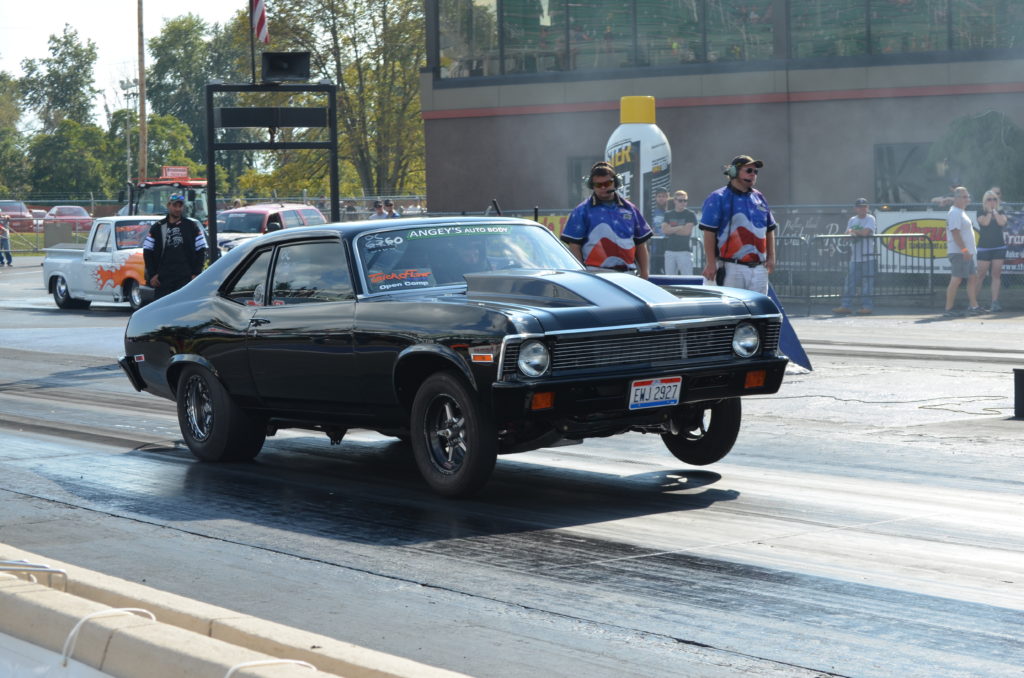Got questions?
We’ve got the answers—the Summit Racing tech department tackles your automotive-related conundrums. This week, we’re looking at possible solutions for poor traction.
Q: I have been working on my Nova for a number of years. I now have the power I want (about 450 horsepower from a 350 small block), but I don’t have any traction. I have tried J-hook traction bars, new gas shocks, and new M&H 275-60-15 rear tires. I even put Moroso front coil springs on the car and moved the battery to the trunk to help weight transfer. I also have polyurethane A-arm bushings and 90/10 front shocks.
No matter what I do, the car still doesn’t hook up. I do run a four-speed transmission. I don’t want to tub the car. Any ideas?
K.L.

A: It sounds like you need a set of high-quality slapper (traction) bars, or perhaps even ladder bars. To find out exactly how the car behaves, have somebody shoot some video of you making a launch. The front-end must have enough travel so weight will transfer to the rear. Make sure the rear suspension doesn’t compress too easily.
Here’s the theory: The rear springs and bars (ladder or slapper) will try to increase the pressure between the rear tires and the track surface. Rear spring force increases as the rear-end compresses in response to weight transfer from the front of the car. This applies more downward force to the rear axle. Ladder and slapper bars apply that downforce by using leverage and the tendency of the rear axle to rotate in the opposite direction of the downforce. All in all, a very effective system.
Another factor to consider is air pressure in the rear tires. By adjusting pressure, you affect the tire’s contact patch with the track. Less air means a bigger contact patch, but don’t get the pressure too low or the tire will “roll up.”
If you use slapper bars, make sure the air gap between the rubber snubber and the front spring eye is between 3/4-inch and 1 1/4-inch. Experiment with the setting. Too wide a gap applies downforce too late or not at all. If the gap is too small, the bars will apply downforce too soon because you won’t give the rear axle time to wind up.
Whatever changes you make, make sure to change things one at a time and see what happens. Trying everything at once won’t let you know what works and what doesn’t.

Try to find the book Hook & Launch: Traction mods for street & strip (S-A Designs). It realy helped me a lot when trying to figure out my tracion issues.
Drag radials need to dead hook and work well with a torque converter that will absorb the shock at launch.
Clutch cars need some wheel speed (spin) at launch to absorb the shock. A bias ply slick can spin a little, then recover traction where a drag radial will not.
—Bill.